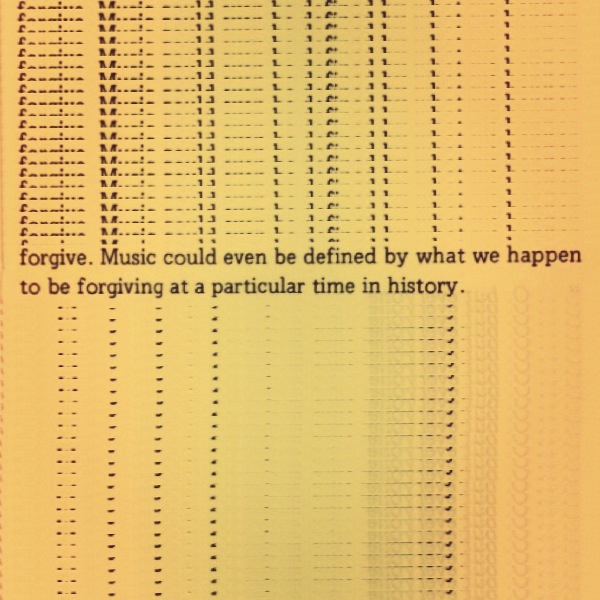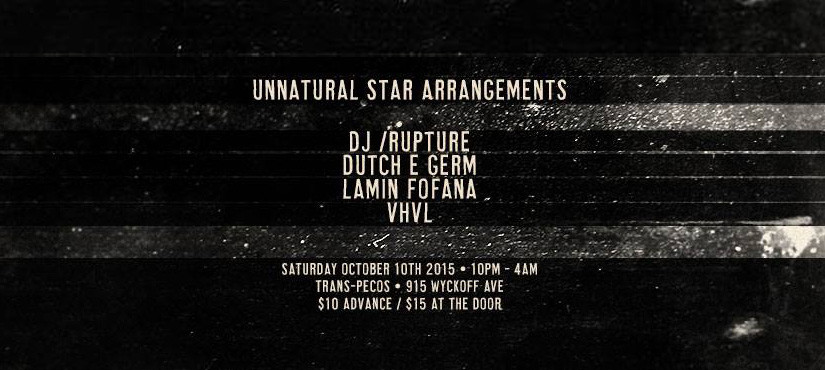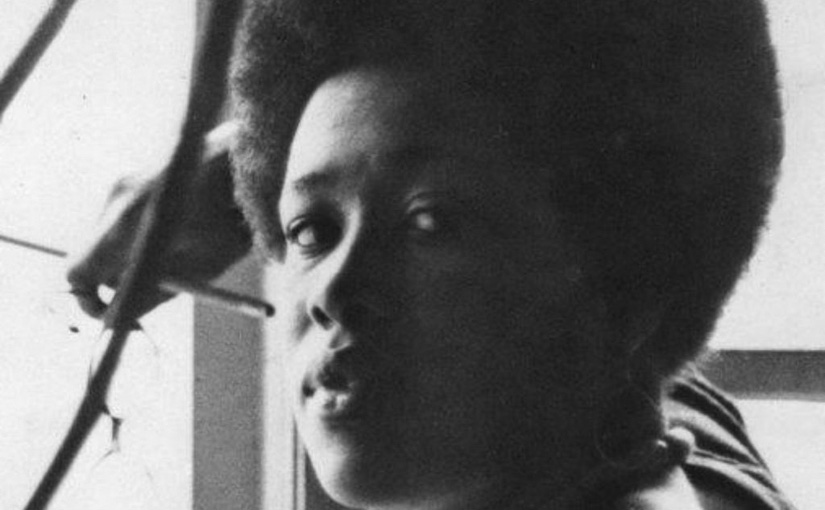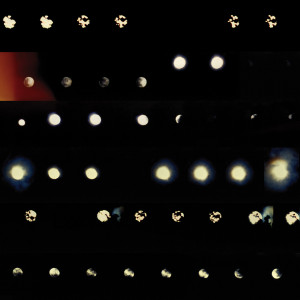
[from Anita Sullivan’s The Seventh Dragon]
Earlier today I
tweeted: “1 of my fav albums of 2013 was the flash drive @NarcoIris gave me, another was the Jai Paul leak/bootleg/thing. Legit releases r 4 amateurs” — aphorisms aside, let’s dive into some notable vibrations from 2013.
Before discussing other people’s music (& some books), brief thoughts on my own–
Performing the Julius Eastman Memorial Dinner with gifted musicians Emily Manzo, David Friend, and Arooj Aftab was great — I learned so much, and can’t wait until our performances resume in 2014 so I can return to that overwhelming sound, signals sent from Eastman in the late 70s received in the here & now.
Big thanks to TimeOut Chicago + Other Music for including the album in their ‘Best of 2013’ lists. Working with the excellent New Amsterdam label was above & beyond –know that if you buy the album, you’re supporting the right people. This video explains the JEMD project, with footage from its NYC debut at MoMA PS1:
+
The most incredible thing I heard all year, hands down, is “Allemande” from my NewAm label-mate Caroline Shaw’s Partita for 8 Voices. She won a Pulitzer for this EP, which is crazy — who would have expected the Pulitzer committee to actually have good taste?! “Allemande” is A LOT, every time you hear it the angles shift and new surprise enters the world, beauty, voices in your head. Have a listen:
[audio:https://negrophonic.com/mp3/- 09 4 Pieces – 4 Pieces_ No. 1. Allemande.mp3]
+
I’ve known Roberto ‘Helado Negro’ Lange for a minute now, but it wasn’t until after I saw him perform in LA this fall that I had opportunity to listen to his new album, Invisible Life, and from then on it kept growing and growing with Deep Personal Significance. This did, for me, what a great album traditionally does — becomes something you live with, return to, share.
+
The most head-exploding moment of pop came from Kanye West’s “New Slaves” premier, projected simultaneously at 66 locations around the world. Much was made of Beyoncé’s marketing genius (hey, you’re famous — let your fans promote the album for you!), much was made of Jay-Z’s grimly efficient Samsung deal, and much was made of Ye’s bigheadedness — itself a shrewd marketing strategy. But kicking off his album with this Wiley-inspired bass mix/devils mix of a song, which was then amplified into circulation via grainy lo-fi cellphone video capture and remained (for a few months) unbuyable — great! Distributional aesthetics, people. Interesting that the minimalist bass mix, one of grime’s many early 2000 radicalisms, only enters pop a decade later (and fleetingly at that), while the wobble and shudder of bro-step lept into EDMainstream within the span of a few seasons.
On a related note, Steven Shaviro’s chapter/essay on Grace Jones’ Corporate Cannibal video is a must read for anybody thinking about feminism and the female body in pop culture and/or afrofuturism.
+

Did you check the Bangladesh mixtape?? So Many Sound Ideas.
[audio:https://negrophonic.com/mp3/Bangladesh – Let Me Go.mp3]Bangladesh – Let Me Go feat. Brandy
[audio:https://negrophonic.com/mp3/Bangladesh – Cockiness Remix.mp3]Bangladesh – Cockiness feat A$AP Rocky & Rihanna
+
Here’s a diagram which explains how I was thinking about music in 2013:
DJ Mustard <-----------------> Rashad Becker
It’s a spectrum. Shades not binaries. Reason presets on one side, SuperCollider(?)/who-knows-whatsis on the other. Formalism and its discontents. The title of Becker’s debut album, Traditional Music of Notional Species could apply equally well to his startlingly original take on sound/composition as to the projections of black manhood voiced by the ratchet MCs in Mustard’s camp, whose personas flourish thanks to the space-filled architectures he crafts underneath them with such golden ratio precision.
[audio:https://negrophonic.com/mp3/02 Dances II.mp3] Rashad Becker – Dances II
[audio:https://negrophonic.com/mp3/Kid Ink – Last Time (Prod by DJ Mustard).mp3]Kid Ink – Last Time (prod. by DJ Mustard)
+
I read four brilliant, odd books about pianos and/or tuning this year.
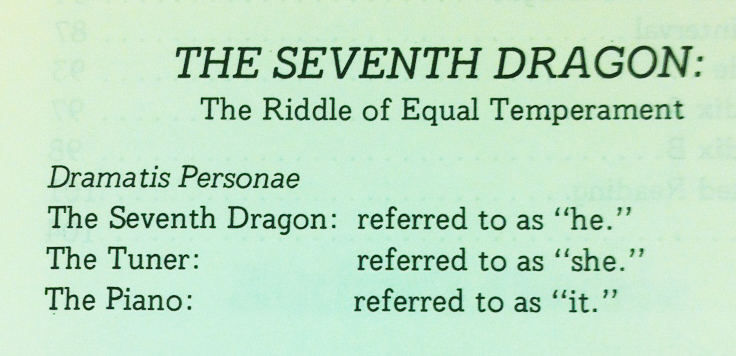
The most under-heralded & poetic of them is Anita Sullivan’s The Seventh Dragon: the Riddle of Equal Temperament (1986). If you want a lyrical mediation on piano tuning or simply a deeply weird-yet-unpretentious nonfiction book about sound, then this is your jam. Buy it directly from her! 
Then there was dear László Krasznahorkai, an eerily gifted Hungarian writer who eyeballs the apocalypse with “a slow lava flow of narrative, a vast black river of type.” Melancholy of Resistance (1989, Eng. trans 2002) contains a great rant on piano tuning, whose importance is reflected in the title of Béla Tarr’s 2000 film adaptation: Werckmeister Harmonies.
In the sunset glow: Iain M. Banks’ The Hydrogen Sonata (2012). James Bridle first mentioned this one to me — an SF space opera whose central character grafted an additional pair of arms onto her body in order to play an impossibly difficult piece of music written for a spectacularly unwieldy instrument. This novel deals with civilizational senescence (alongside the musical musings), and was published only months before Banks’ tragic passing.
And last but not least, Thomas Bernard’s The Loser (1983, Eng. trans 2006), a novel I first wrote about when it was the Mudd Up Book Clubb selection. Be the Steinway, not the person playing the Steinway.
+
Fact is, I spent much of 2013 listening to rap, r&b, and obscure American piano eccentrics. I invite you to spend some time with Charlemagne Palestine’s “Three Fifths in the Rhythm Three Against Two For Bosendorfer Piano” from 1974.
+
The Colin Stetson album is a sepia-toned skullcrush. Circular breathing and unorthodox micing techniques modulate his sax’s sonics, displacing the bebop heroin languor with vocal aid from Bon Iver’s Justin Vernon.
+
Like everybody else, I was hypnotized by Twigs “Water Me”, co-produced by Arca.
+
so many things we’re forgetting. most things.
+
